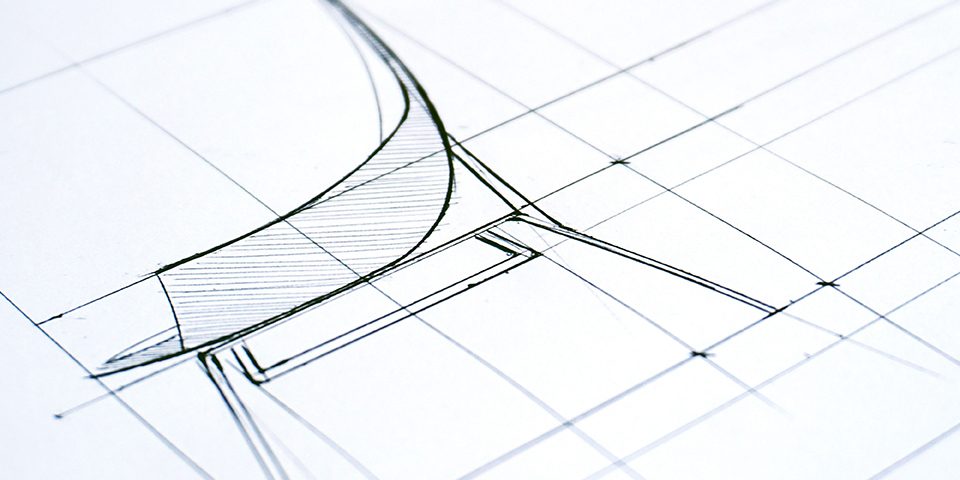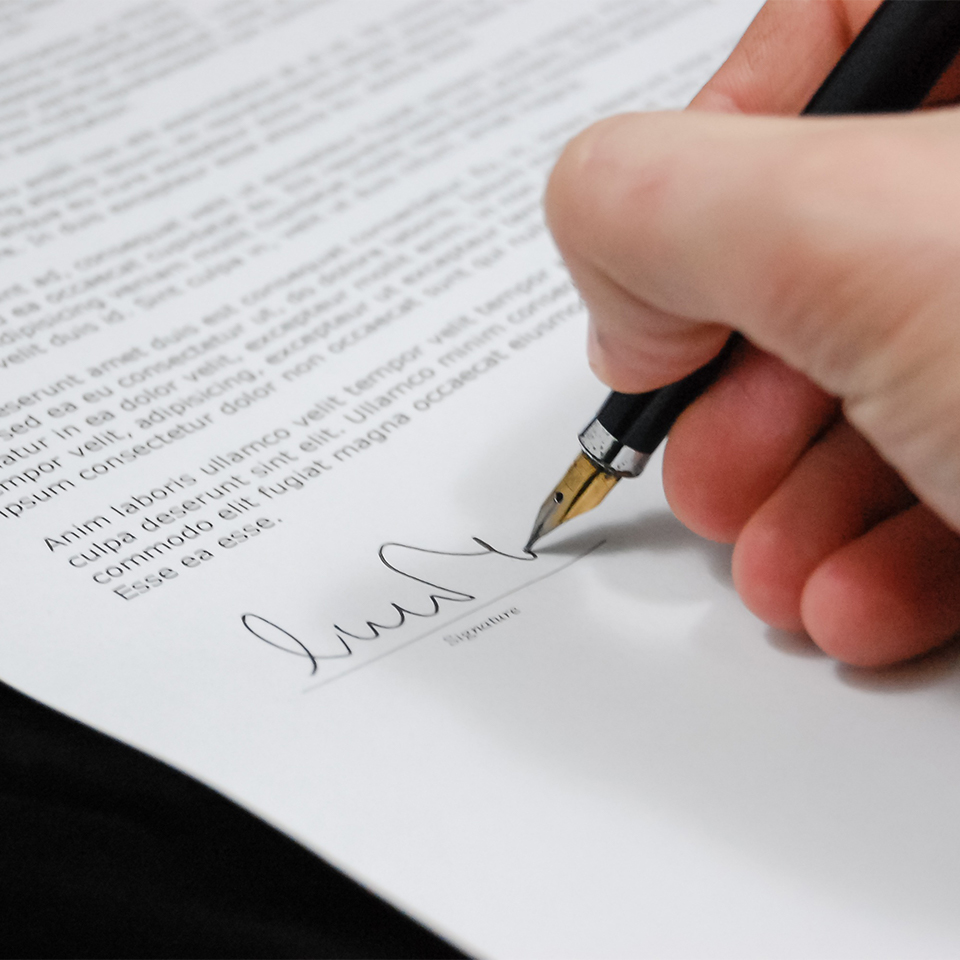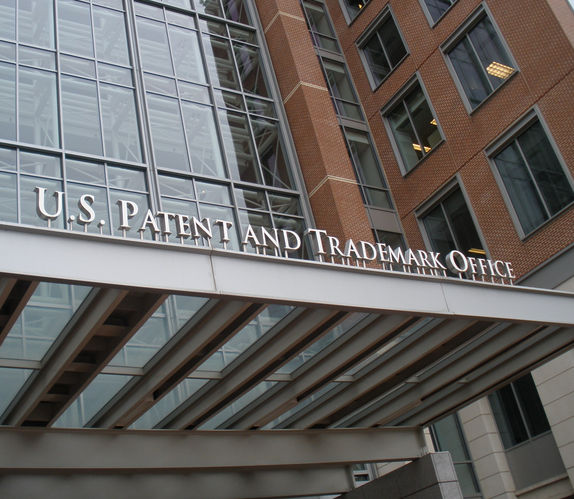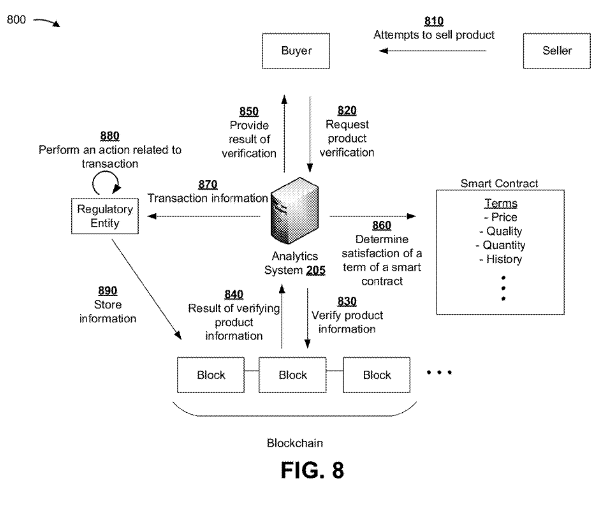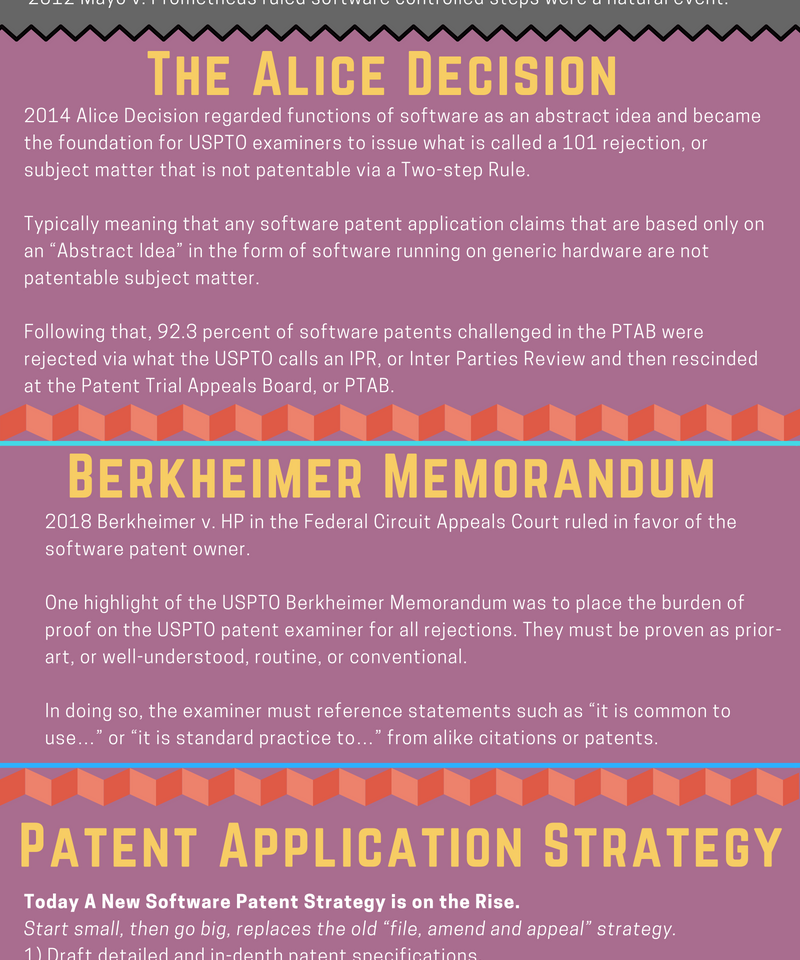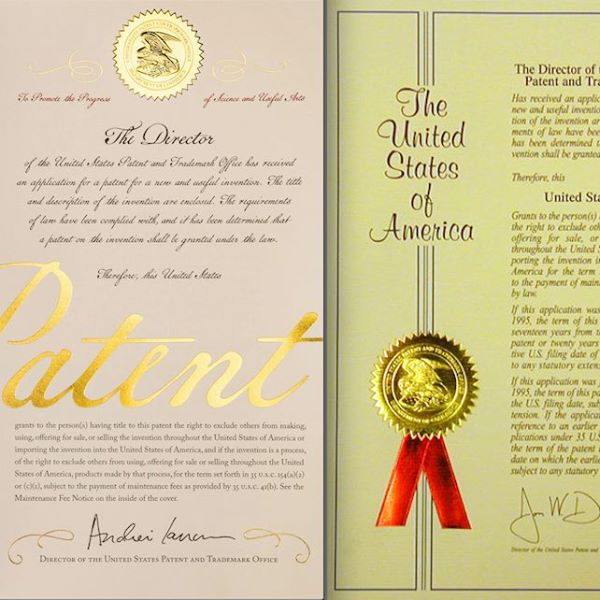- A provisional patent application (PPA) is a disclosure of an invention, typically including drawings and description that describes your invention. There are no claims required, although you may file claims if you wish.
- Drawings need not be formal
- No background, summary, claims or abstract required.
- Filing a PPA allows you to use Patent Pending, and starts a clock for one year to file a non-provisional application with all the formal requirements, including a set of claims (only one strictly required), during which the application will be queued for examination.
- When the subsequent non-provisional application is examined, it will be treated, for prior art purposes, as though it was filed on the earlier filing date of the PPA.
- If the PPA does not fully enable a claim in the non-provisional, then that claim will be treated as though filed on the later date of the non-provisional application.
- The designation of “Patent Pending” that the USPTO allows you to use upon having filed a PPA is misleading, and leads to a great deal of misunderstanding.
- You don’t really have a patent pending until and unless you file the non-provisional application within the one-year period.
- The PPA will never be examined, and if the non-provisional is not filed, the PPA is discarded.
- The creation of the PPA process is responsible for having spawned a billion dollar scam industry in which various operatives “help” you file a PPA, with little or no responsible oversight, encouraging you to believe that you are “protected” or “covered.” YOU ARE NOT.
